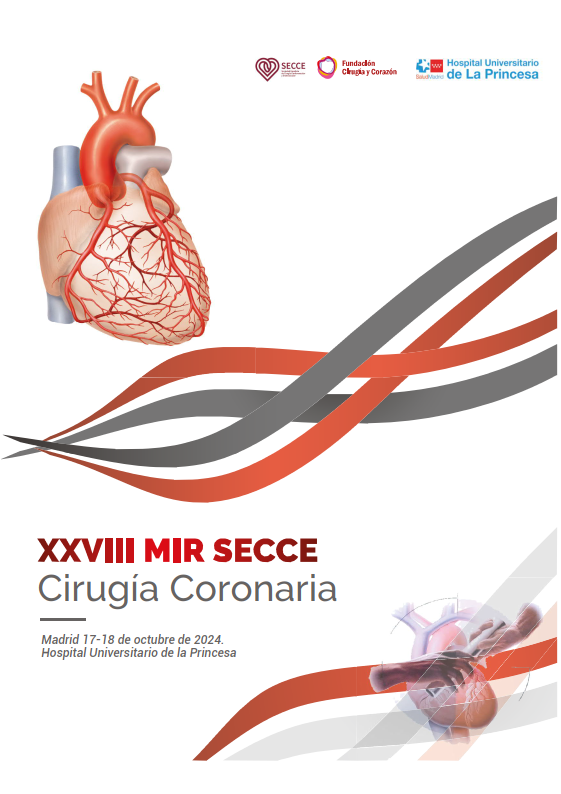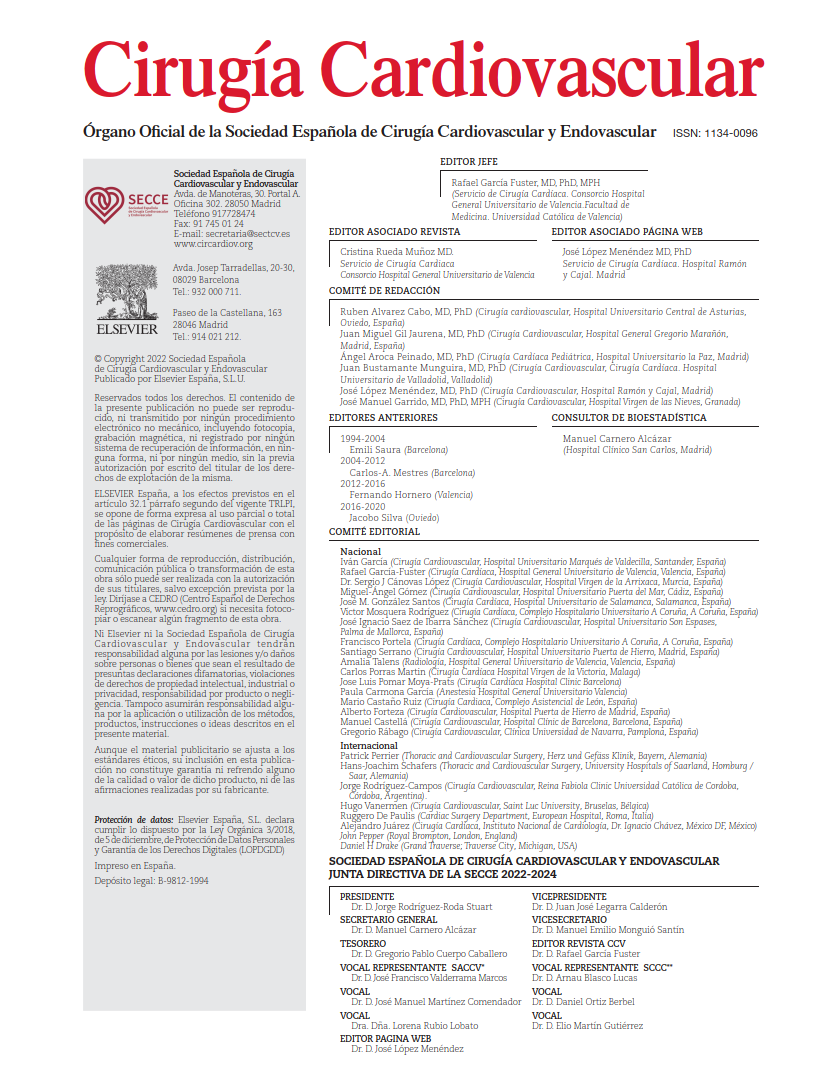To date, more than 10 million children worldwide have been born through ART. Depending on the country, ART accounts for 2% to 8% of all pregnancies. However, these techniques are not risk-free, as extensive literature associates ART with an increased incidence of preterm births and low birth weight. Furthermore, several meta-analyses have reported a 30% to 70% increase in the incidence of congenital anomalies following ART.
The present study aimed to assess the association between ART and the risk of severe congenital heart defects (CHDs). To this end, national registries on ART, births, patients, and mortality from Denmark (1994–2014), Finland (1990–2014), Norway (1984–2015), and Sweden (1987–2015) were reviewed. The primary outcome was the diagnosis of severe CHD from birth to 1 year of age (Denmark, Finland, and Sweden) or at birth only (Norway). Severe CHDs were classified according to the Botto classification or a predefined list of 16 severe CHDs used in various epidemiological studies. The association between ART and CHD was analyzed using multivariable logistic regression, adjusting for potential confounders.
During the study period, 7.7 million live births were recorded, of which 171735 (2.2%) were conceived through ART. Severe CHD was detected in 3159 children born via ART (1.84%) (OR = 1.36). Children conceived through ART were more frequently preterm (<37 weeks; 18.3% vs 5.8%) and had low birth weight (<2500 g; 16% vs 4.2%). Women undergoing ART were older (>35 years; 40.4% vs 16.3%) and more often primiparous (67.9% vs 41.8%). Risk factors for severe CHD included maternal pregestational diabetes (OR = 2.72) and a maternal history of CHD (OR = 3.8). Additionally, multiple pregnancies were associated with a higher risk of CHD, regardless of ART use. No risk differences were found based on the specific ART technique employed.
The authors concluded that ART is associated with an increased risk of severe CHD. However, the overall incidence of this condition remains low. The increase in risk is modest and is partially explained by the higher frequency of multiple pregnancies following ART.
COMMENTARY:
Congenital heart defects are the most frequently detected anomalies during pregnancy. The relevance of this study lies in the increasing use of ART for conception. Current socioeconomic and occupational circumstances lead many couples to postpone their reproductive plans.
ART involves the in vitro manipulation of oocytes, sperm, and embryos. The most common technique is in vitro fertilization (IVF), which includes hormonal stimulation, oocyte retrieval, fertilization, culture in a medium, preimplantation genetic testing, and intrauterine embryo transfer. In cases of male infertility, sperm selection and intracytoplasmic sperm injection (ICSI) are required. Cryopreserved gametes, zygotes, or embryos can also be used. This entire process occurs during the early and critical stages of embryonic development.
The present study is the largest to date evaluating ART in the context of CHD. It demonstrates a 30% increase in the risk of severe CHD associated with ART. Nevertheless, certain inconsistencies are notable: the increased risk was observed only in singleton pregnancies, whereas in multiple pregnancies, this risk was not present. No differences were detected concerning the ART technique used, including ICSI, which involves greater gamete manipulation. Likewise, no differences were found between fresh and cryopreserved embryos. These inconsistencies are attributable to the limitations inherent to this type of study. A major weakness of this study is the lack of information regarding spontaneous abortions, induced abortions, and stillbirths. This limitation significantly compromises the internal validity of the results.
Assessing only live births can introduce bias. Couples undergoing ART are highly motivated to continue their pregnancies, even when congenital defects are identified. Many have made a substantial financial investment to access ART, which is expensive. Additionally, these couples often have a prolonged history of attempting conception. Furthermore, ART pregnancies receive closer perinatal monitoring, increasing the likelihood of detecting congenital anomalies. It is also important to note that the ART population differs; these couples tend to be older, with a higher prevalence of pregestational diabetes.
In conclusion, although this study suggests a possible association between ART and severe CHD, the underlying mechanism remains unclear. Future studies should account for abortion rates to provide more robust conclusions. Establishing national ART registries with standardized protocols for gamete evaluation and selection is essential. These embryos, yet unborn, represent a substantial portion of our future population, and their health will depend on the actions we take today.
REFERENCE:
Sargisian N, Petzold M, Furenäs E, Gissler M, Spangmose AL, Malchau Lauesgaard S, et al. Congenital heart defects in children born after assisted reproductive technology: a CoNARTaS study. Eur Heart J. 2024 Sep 26;45(45):4840–58. doi: 10.1093/eurheartj/ehae572.



